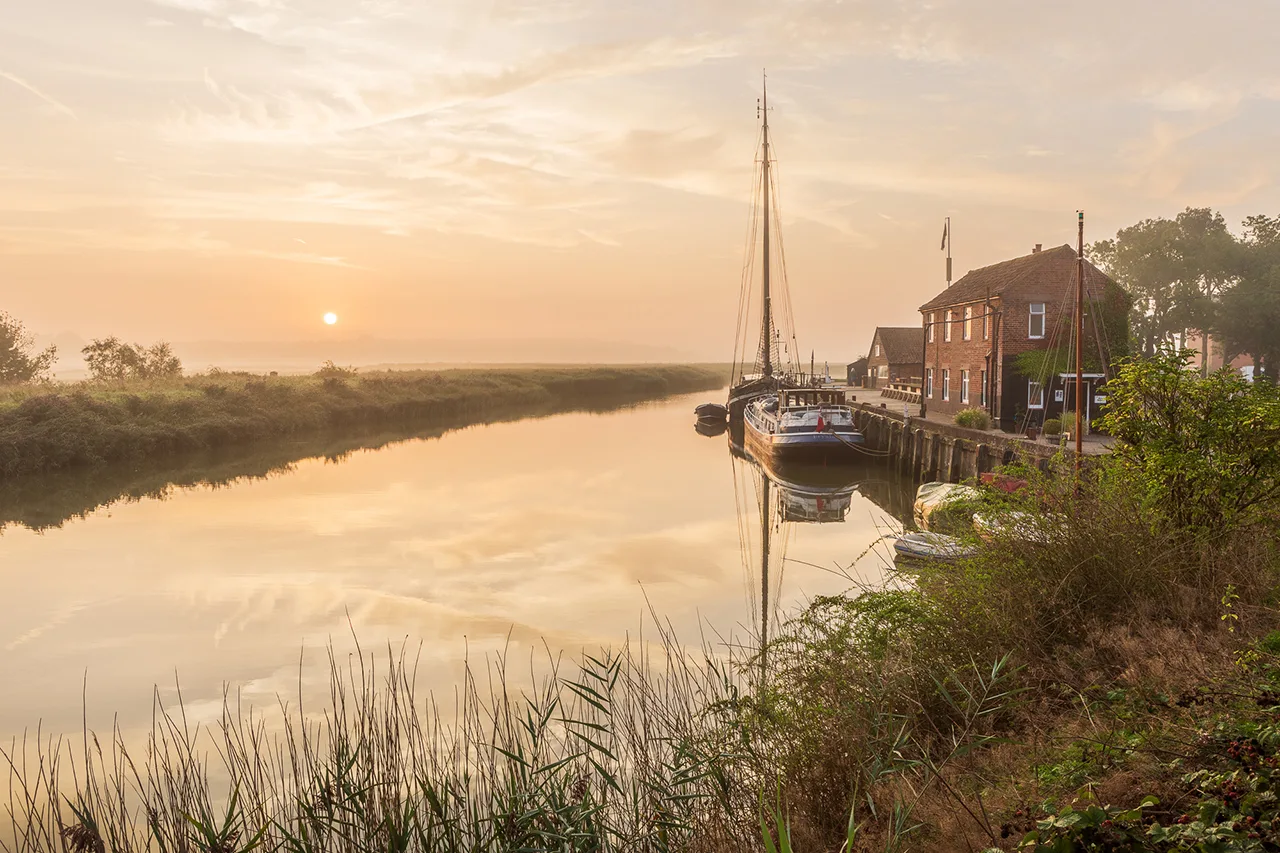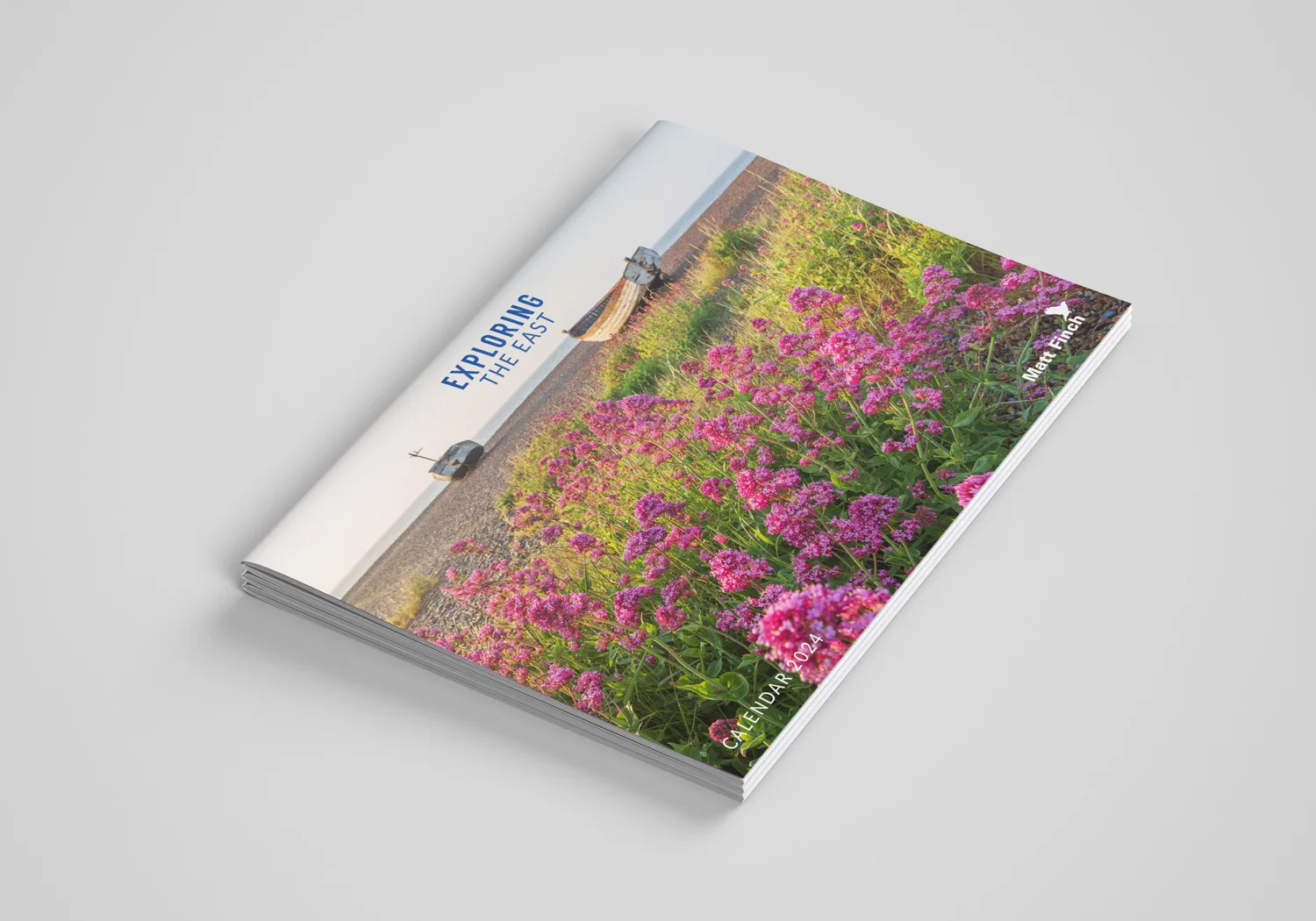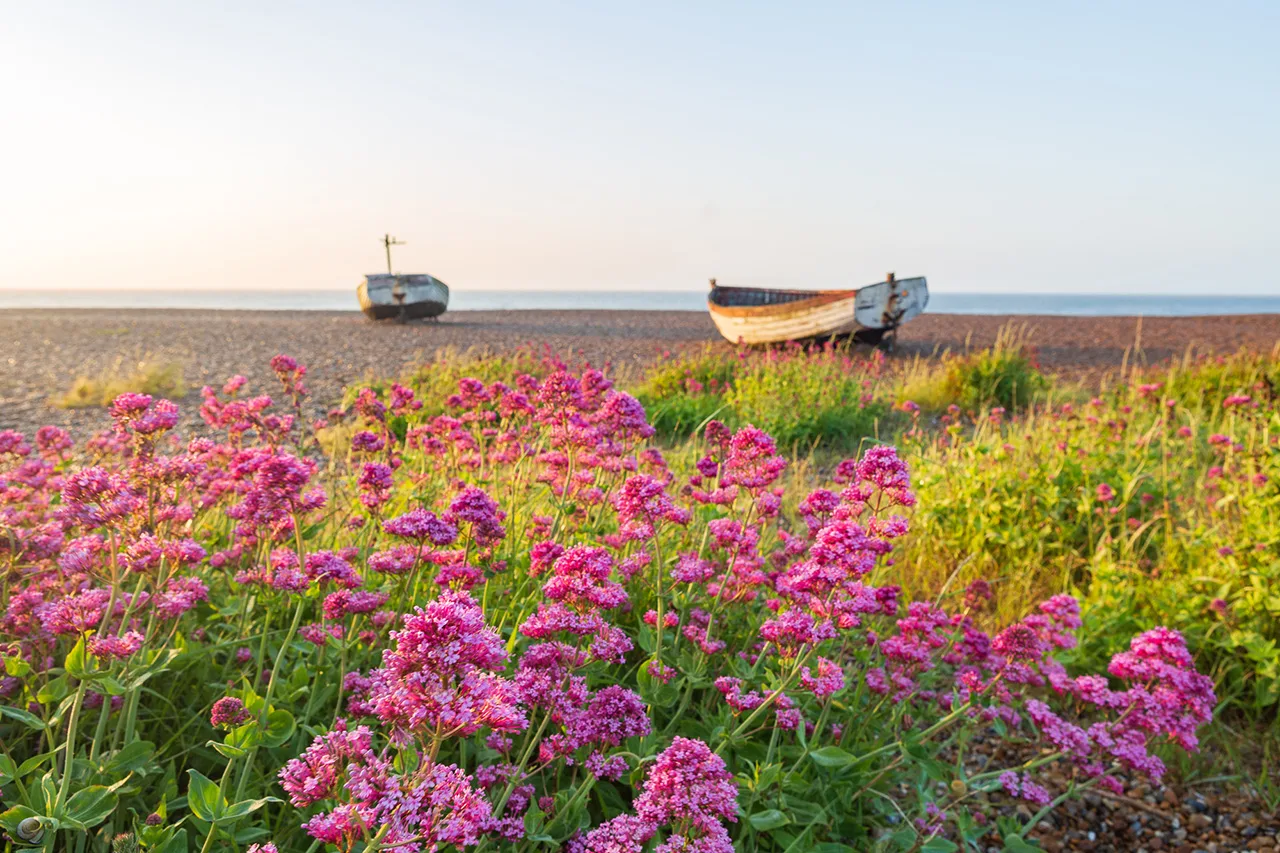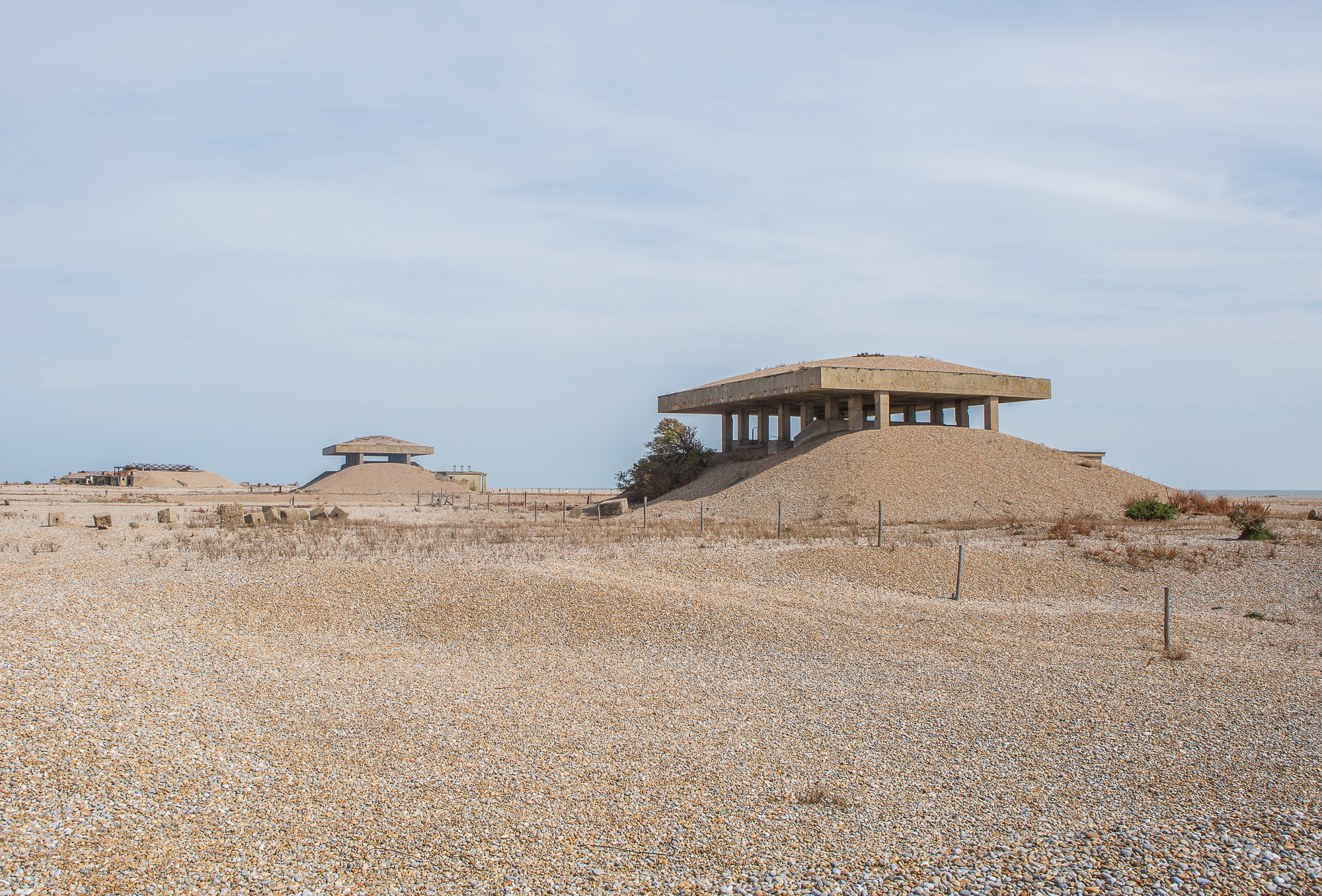
Orford Ness: Desolate, peaceful, unassuming.
Orford Ness; A desolate place, filled with remnants of its recent military past. Steeped in secrets, mystery and munitions testing. So peaceful you can hear your thoughts as the wind whistles by.
The sea is just metres away, lapping against the shingle spit slowly being reclaimed and refilled as the shoreline shifts. Where a lighthouse once stood, very nearly claimed by the sea it was protecting ships from. Until human intervention.
Concrete and brick buildings dotted this baron-vegetated land. A place where nature is winning. The hares, Chinese water deer and migrant birds call it home. This unassuming landscape is a desert-like place within a mile of Orford. A coast and marshland rolled into one.
In early September, I took the chance to go on a photography tour of Orford Ness. A place I have thought about visiting for several years. The tour opens up access to spaces the public can’t get to with the AWRE site that still to this day holds loads of secrets and mystery from its past.
The village of Orford is somewhere I go to regularly for work, as one of the hotels I work for is in the centre. The short trip across the river opens up a whole world that is very different.
Orford Ness’ Landscape
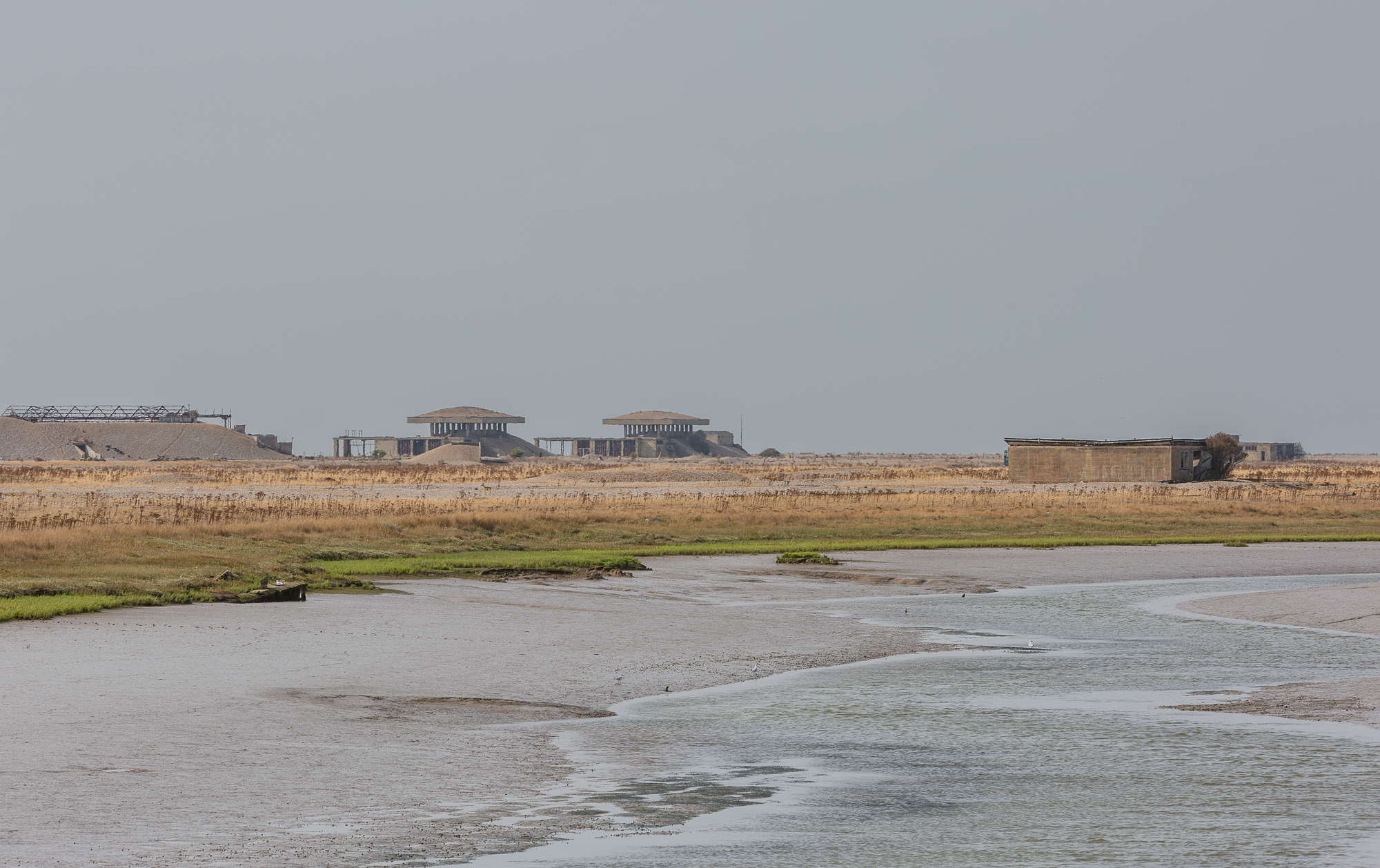

The landscape is a split between marshland and a shingle spit with a distinct divide by a tidal stream running through the two habitats. Although it’s a landscape like no other, it is very sparse. The baron nature of this land is almost a juxtaposition of how it still can thrive and is a hotbed for wading birds, and wildlife that aren’t always seen inland.
History
Orford Ness’ recent history is filled with airfield and military history within the last century. The infrastructure, roads and buildings of both world wars and the Cold War can still be seen today. Although they are very much in disrepair they stand today as a sign of how it was built to service the nation.


The First World War saw its use as an airfield. With more than one runway across the land to test flights until the early 20s. The interwar years were the testing and experiments of RADAR with Robert Watson-Watt and his team in the mid-’30s.
The main area during the Second World War and the Cold War was the Atomic Weapons Research Establishment (AWRE). Many old buildings built for weapons and bomb testing still stand in some way today, slowly decaying as the weather takes hold.
The last of the weapons were tested during the Falklands war. The land was then sold to the national trust in the 90s because of its historic and scientific significance. The habitats of both the shingle spit and the marshland are great places for species to thrive and because of its lack of human footfall, it’s seen as a unique space for flora and fauna to grow.
There is much about the history of Orford Ness on the National Trust website. Do go and check it out here:
https://www.nationaltrust.org.uk/orford-ness-national-nature-reserve/lists/history-of-orford-ness
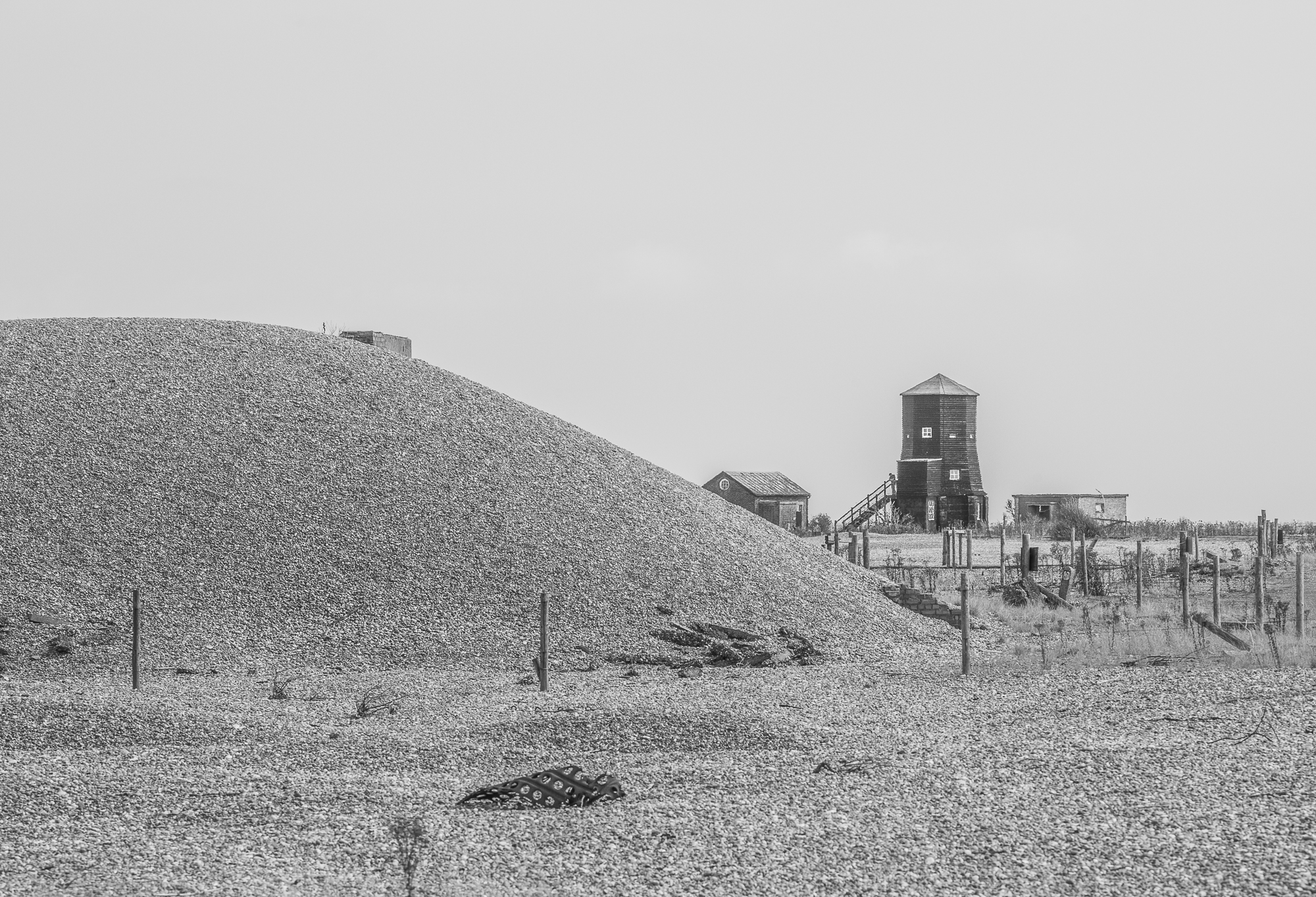

A Tough Gig
Rocking up to this landscape isn’t easy. You almost have to throw out all of the usual thoughts of capturing it. On the advice of the photographers and guides. It’s best to capture it with a longer lens and to look toward capturing images at all angles.
The light was pretty harsh, with a blue sky for most of the day. With the sun high up, beating again the shingle. The buildings were so stark and decayed from the constant battering from the North Sea winds. Although it might be a hard thing to capture, if you can get into the right stride with it you’ll keep challenging yourself.
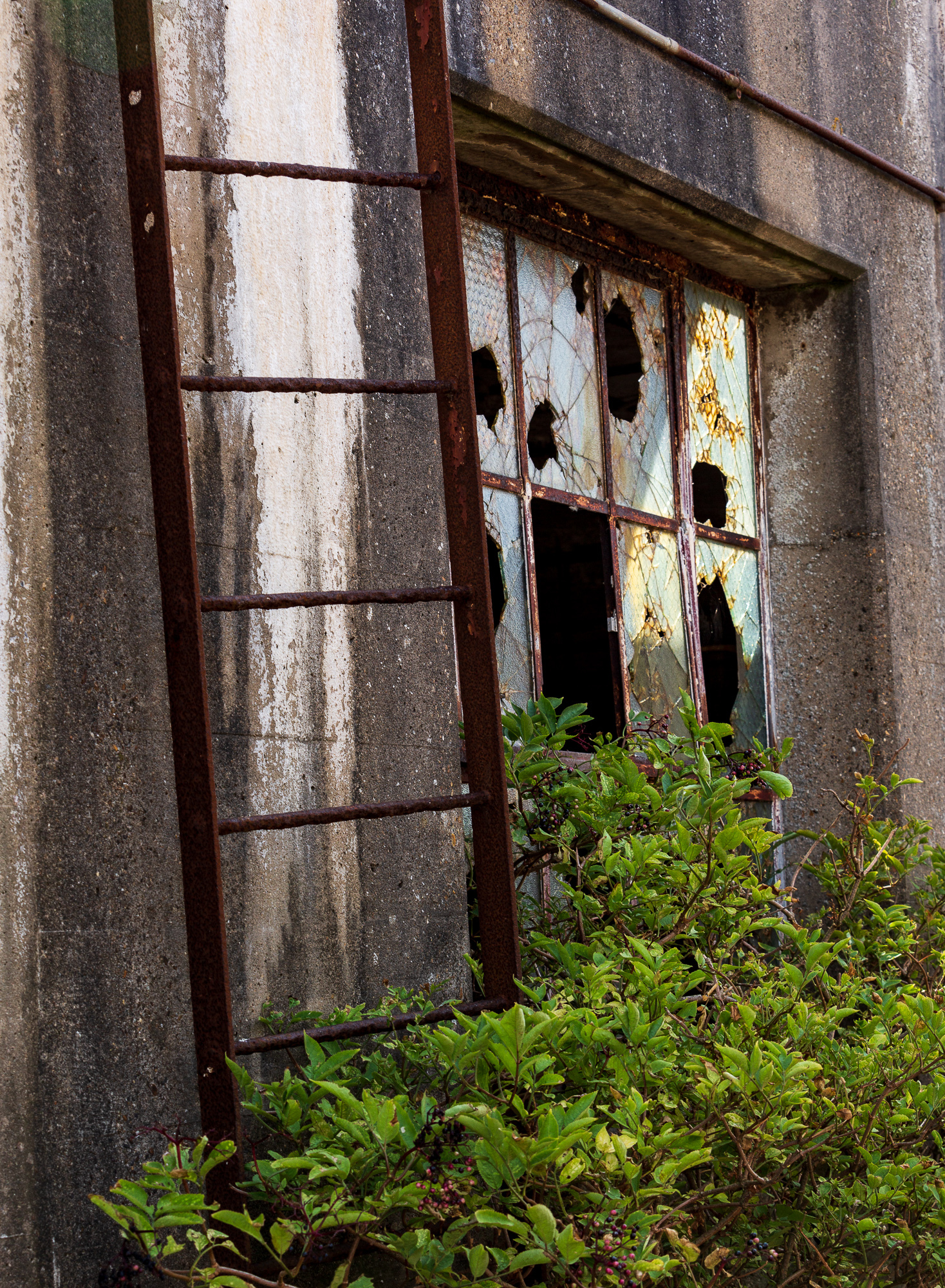

Curious Observation
The key to making the most during the day took me back to art lessons at school and sixth form. It’s all about observation and curiosity about the predicament in front of you.
Look at everything with new eyes. It’s very much about finding a relationship between the subject matters, making them either work together or juxtapose old and new in some ways. Filled with nature, architecture and open spaces the challenge is pretty high, as it calls for so much lateral thinking.


Much like a woodland, the pace of photography is slower. But instead of being chaotic, it’s about finding something in the desolation. Looking back at the images taken, my brain is questioning my plan for each image. So curiosity has again been intrigued as I processed the images after taking them.


Texture
Vegetation, shingle and bones. Rust, concrete, and brick.
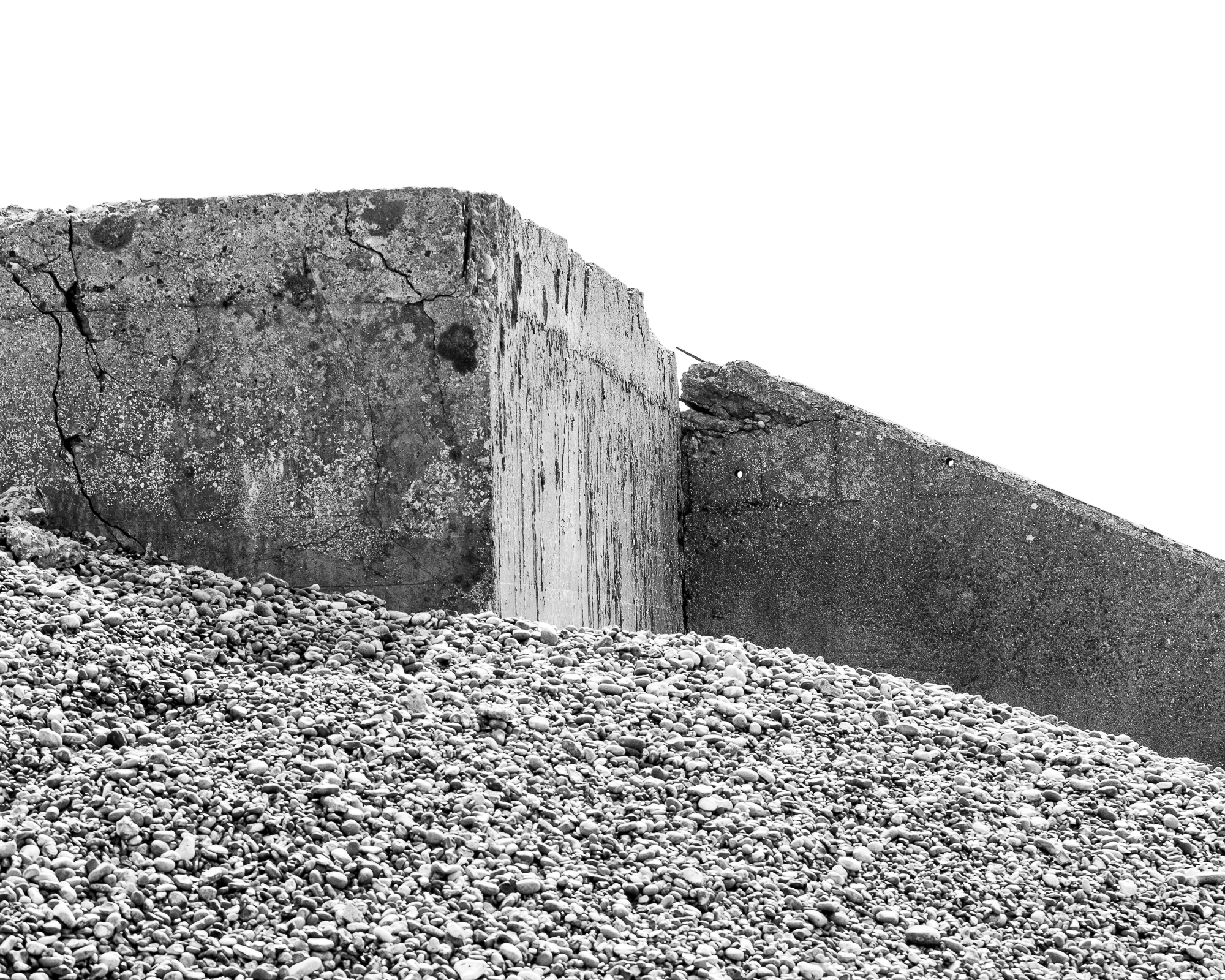

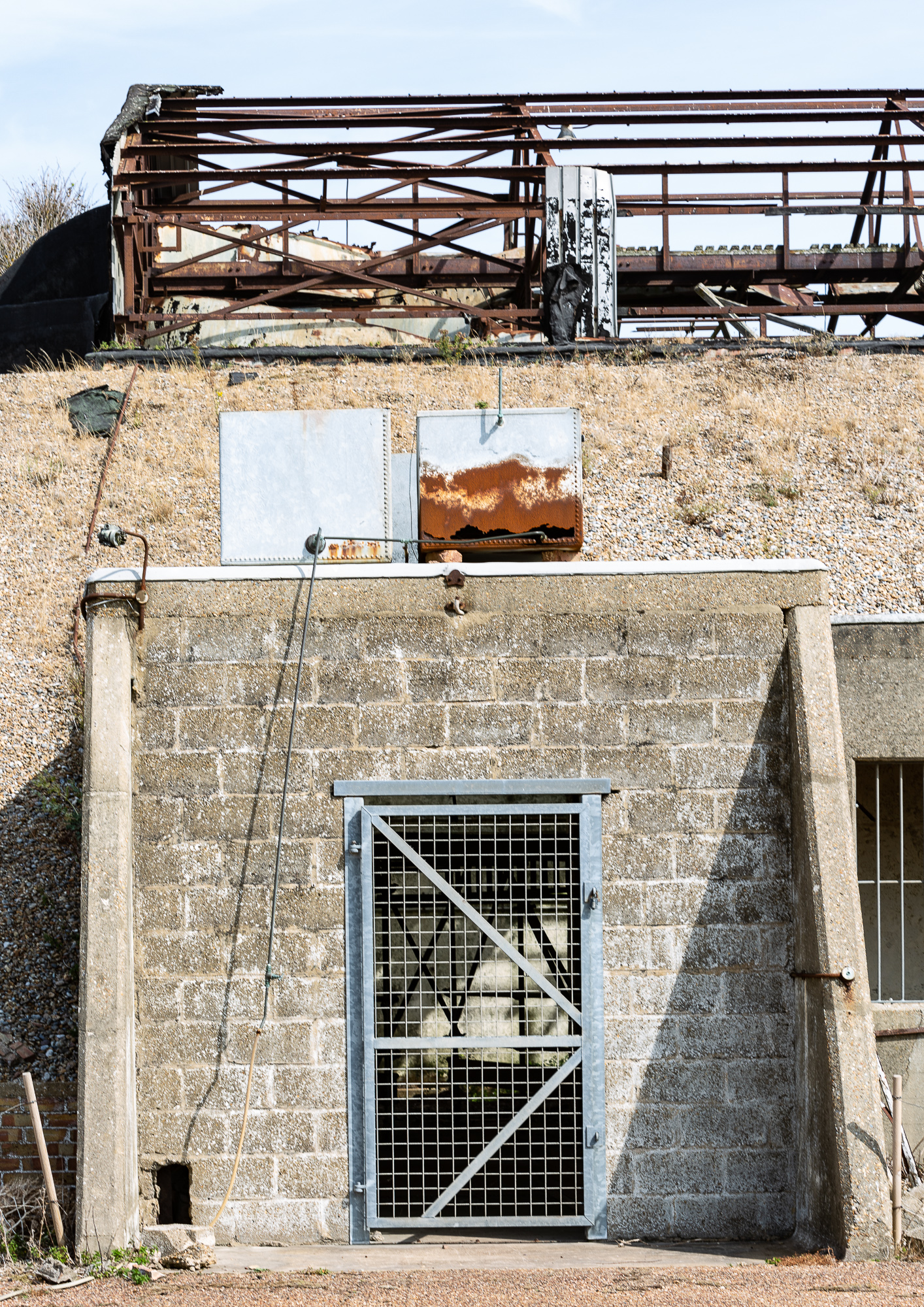

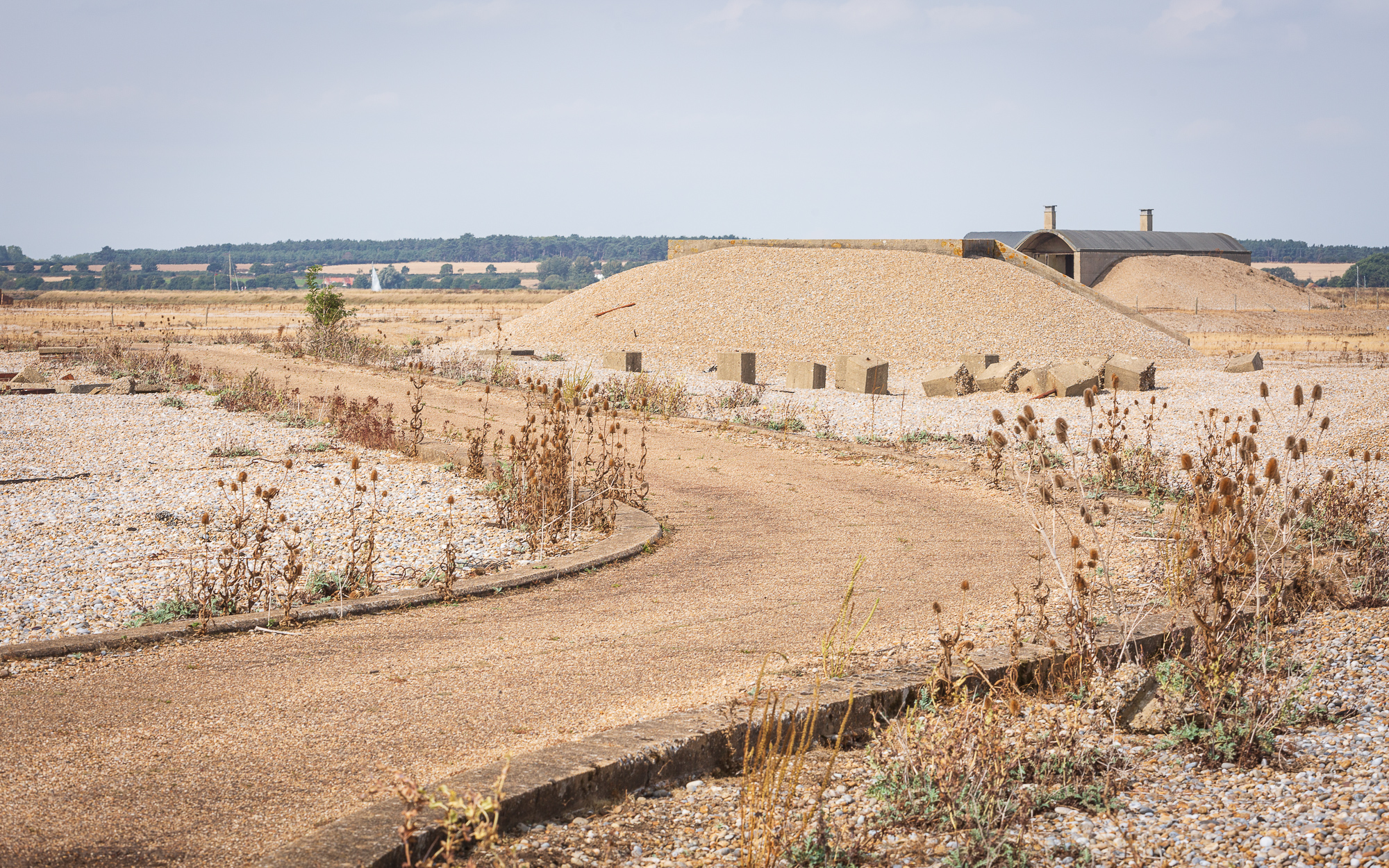

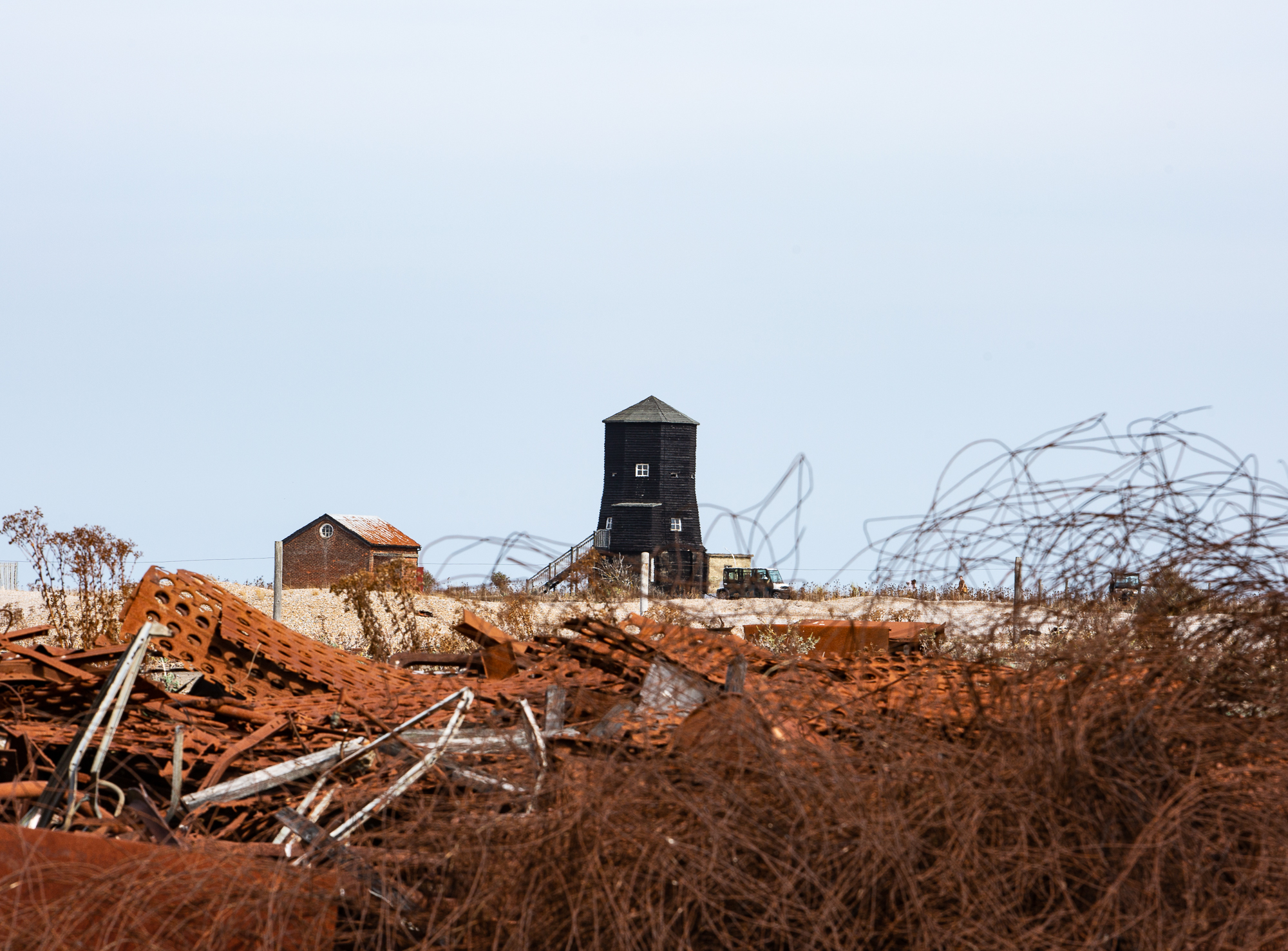

Brutal
The architecture is a jumble of concrete, timber clad and brick buildings. The concrete buildings, all lend themselves to capturing them in a brutalist style looking to celebrate their concrete construction. Although they are pretty beaten up and broken in places, by both the elements and by human hands.
The conditions can be brutal, as it’s an open landscape the winds and the sea can be pretty strong. And almost would be great to witness in the future. Both are brutal in the colder and warmer months. As the wind takes hold it flashes across the landscape. in the summer when the sun is high the shingle acts like a huge reflector.
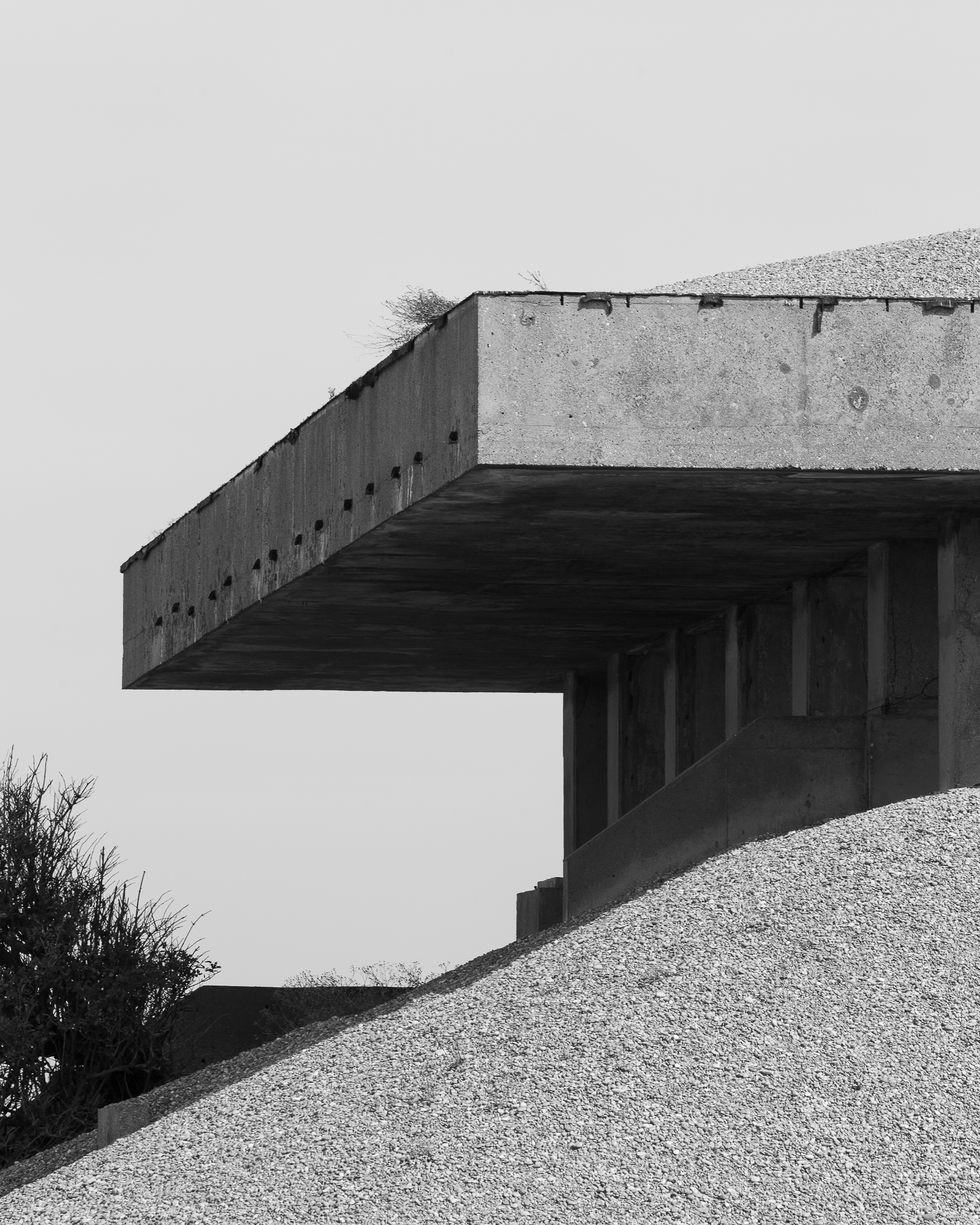

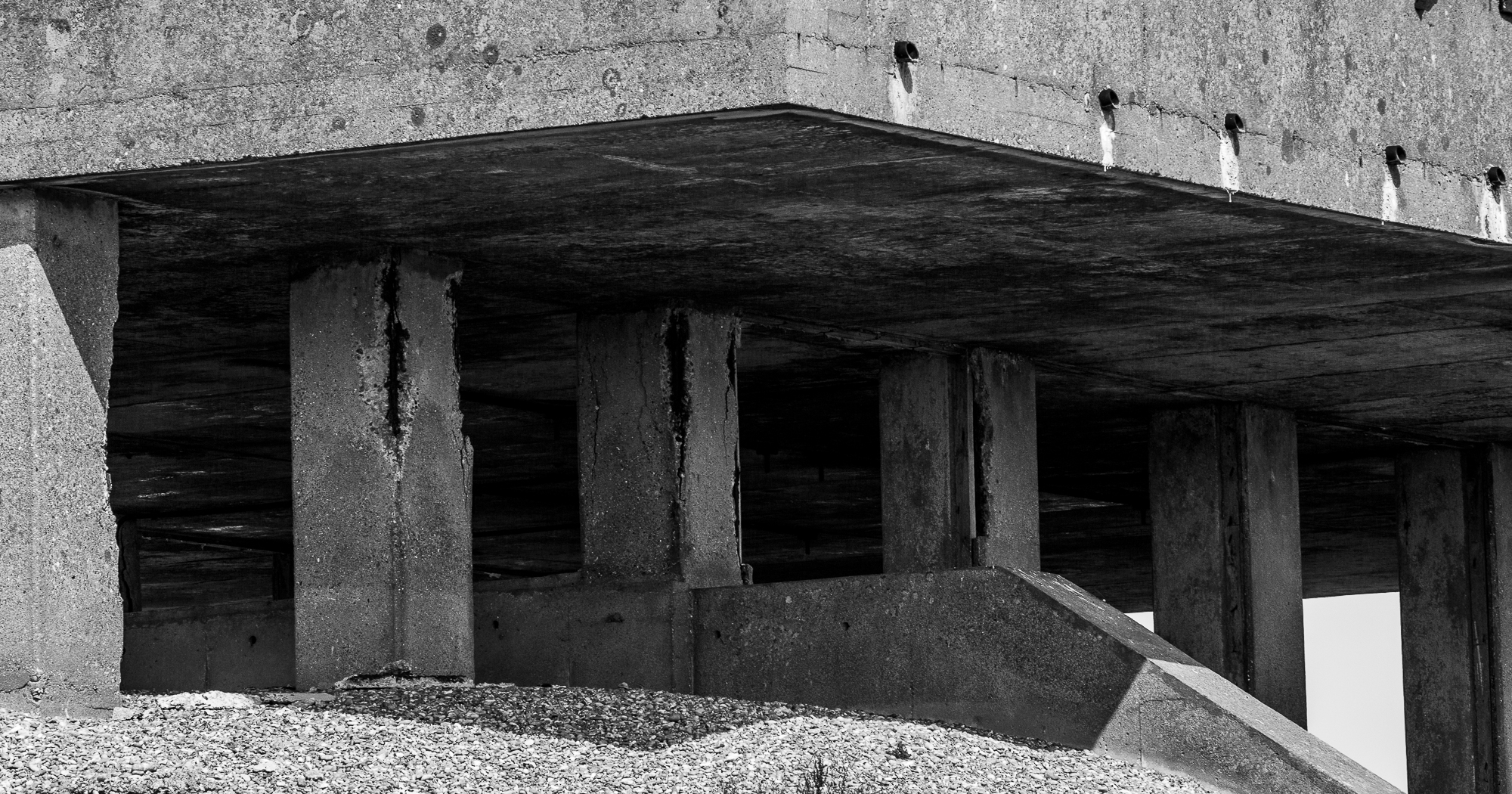

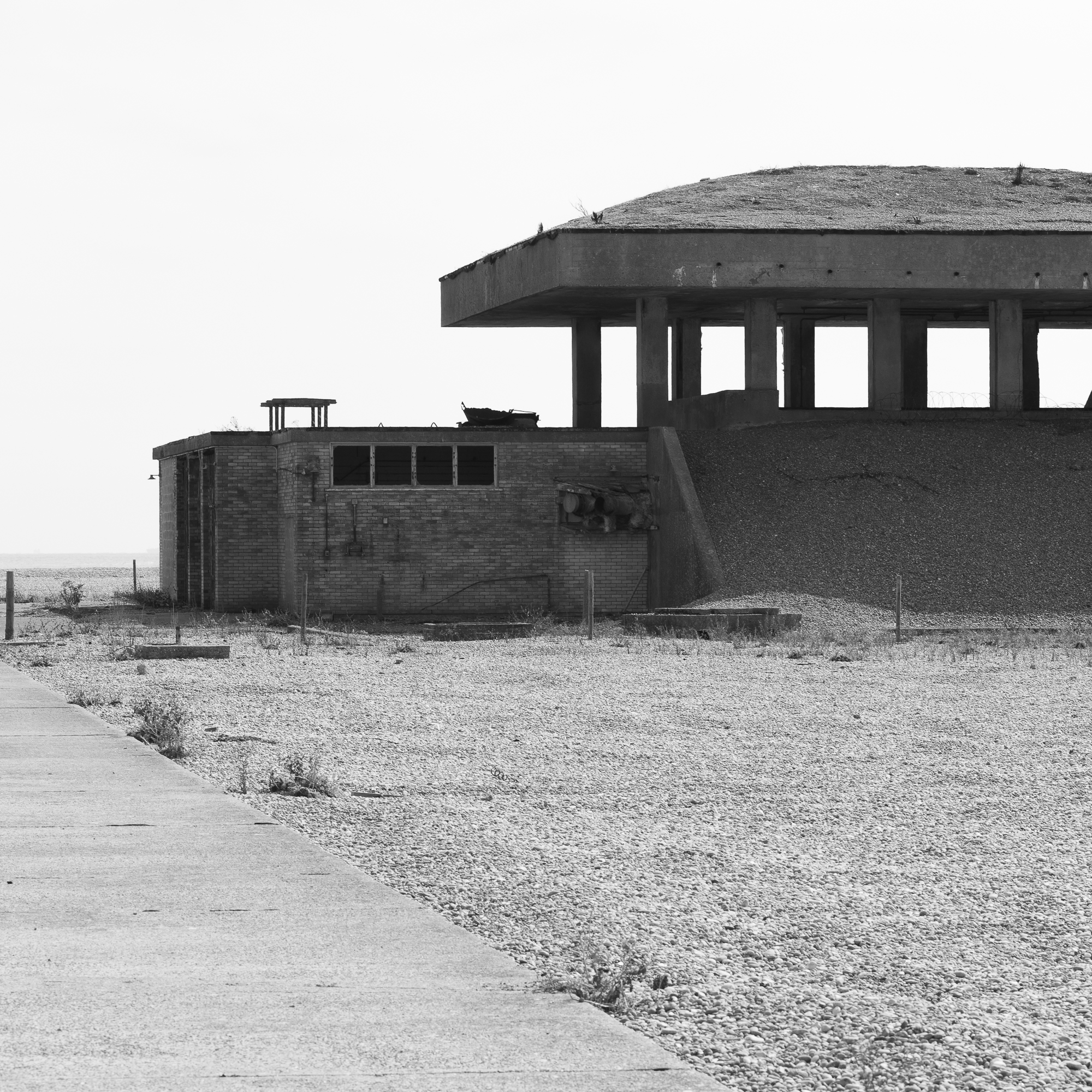

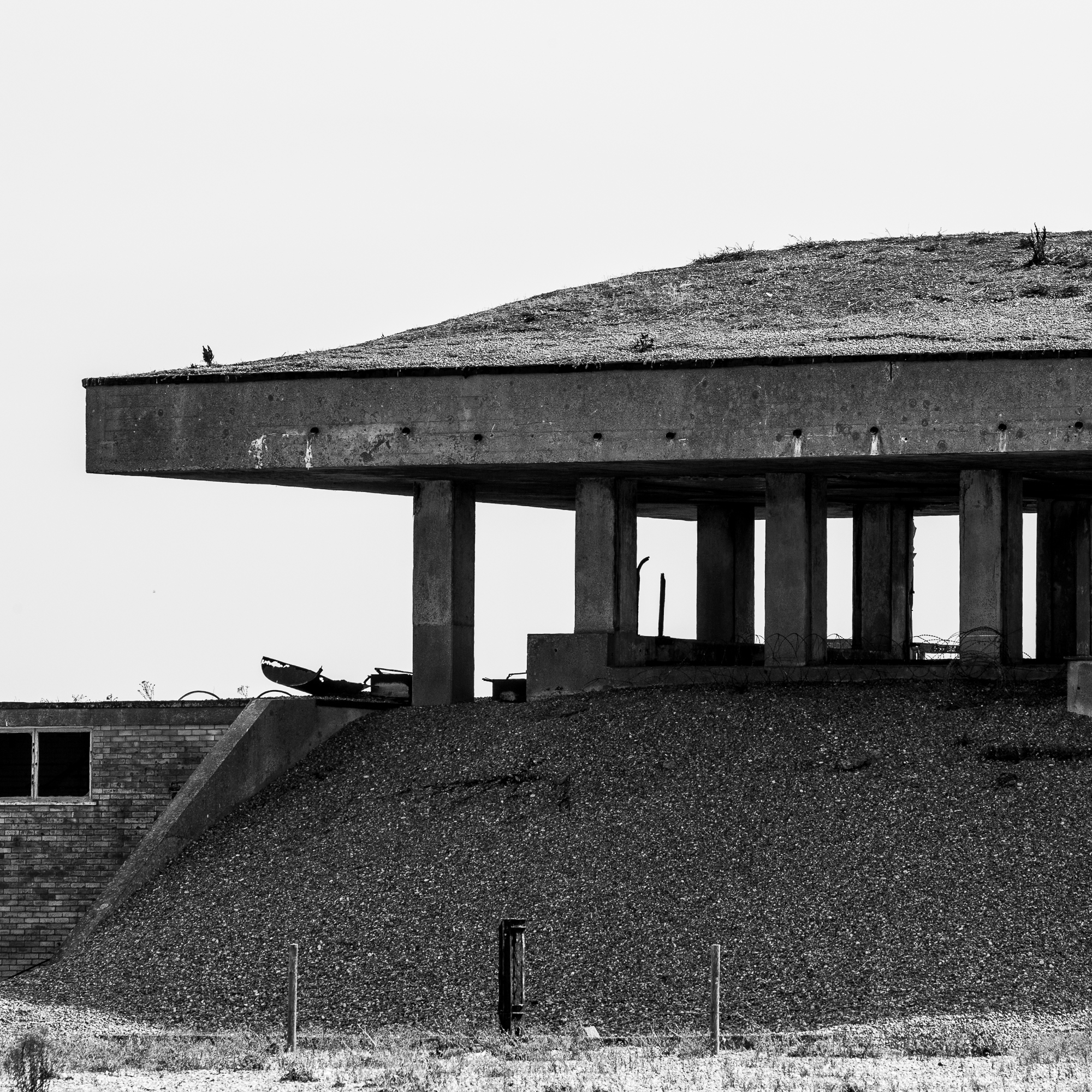

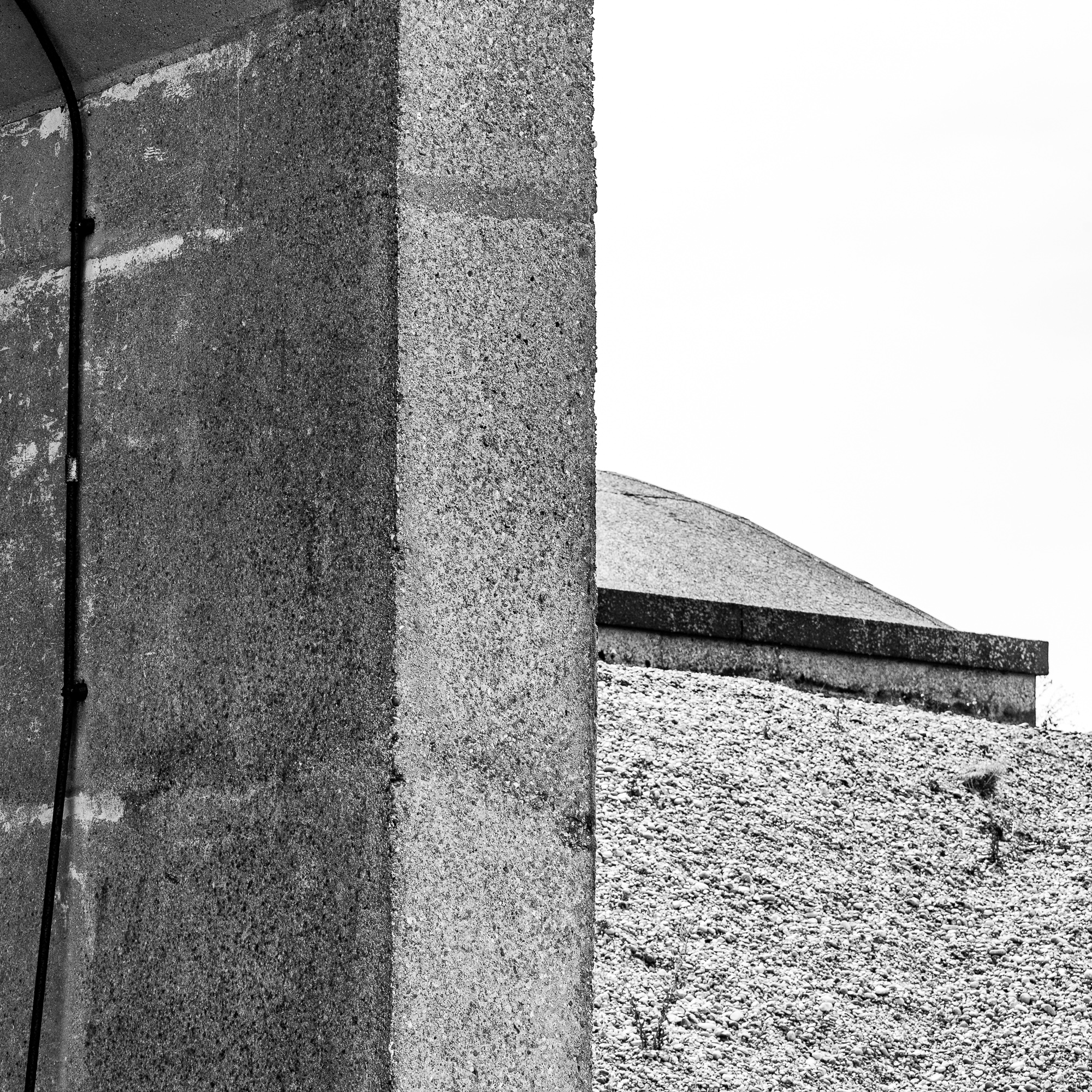

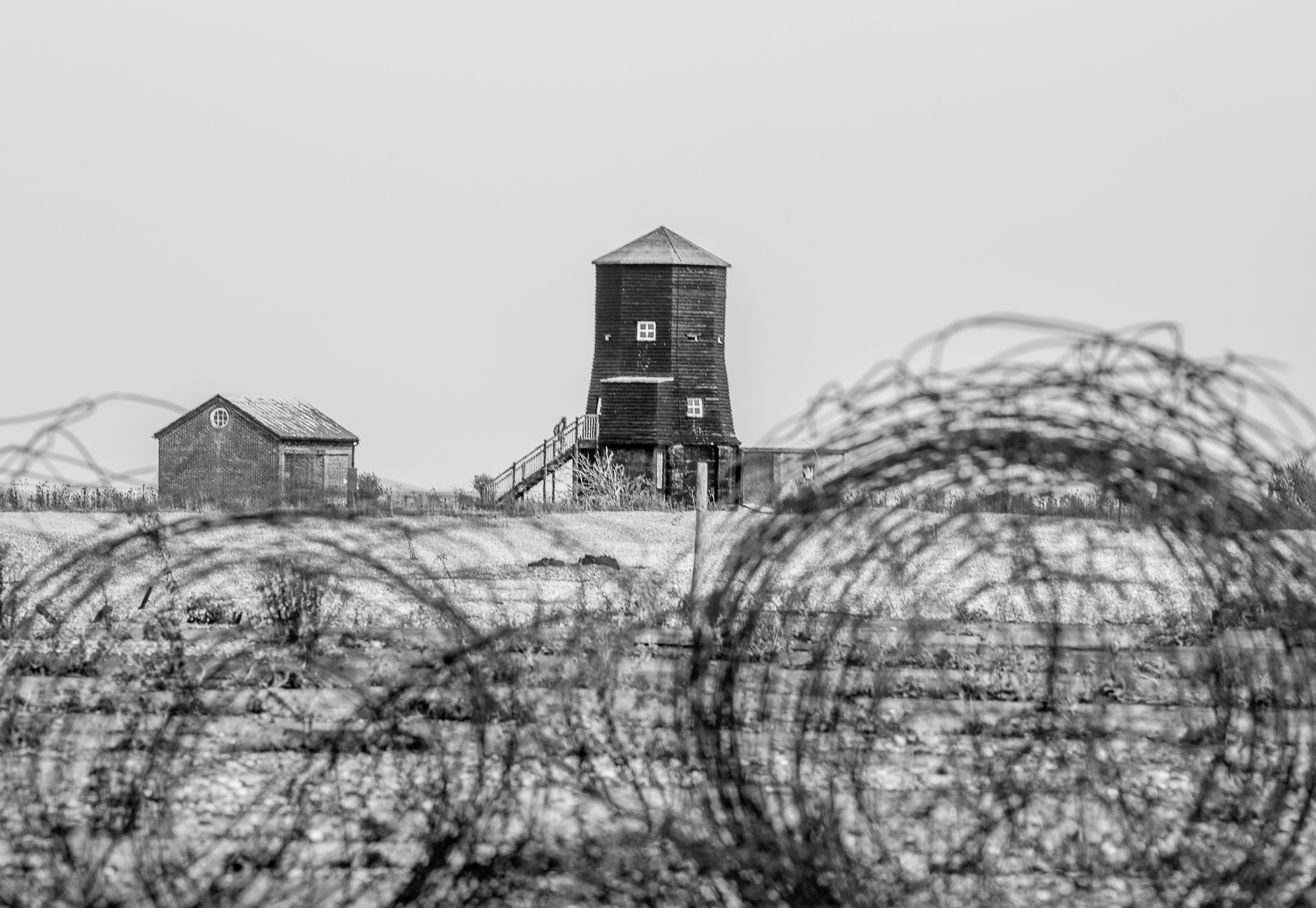

Abstract
Graphic, monochrome, lineal.
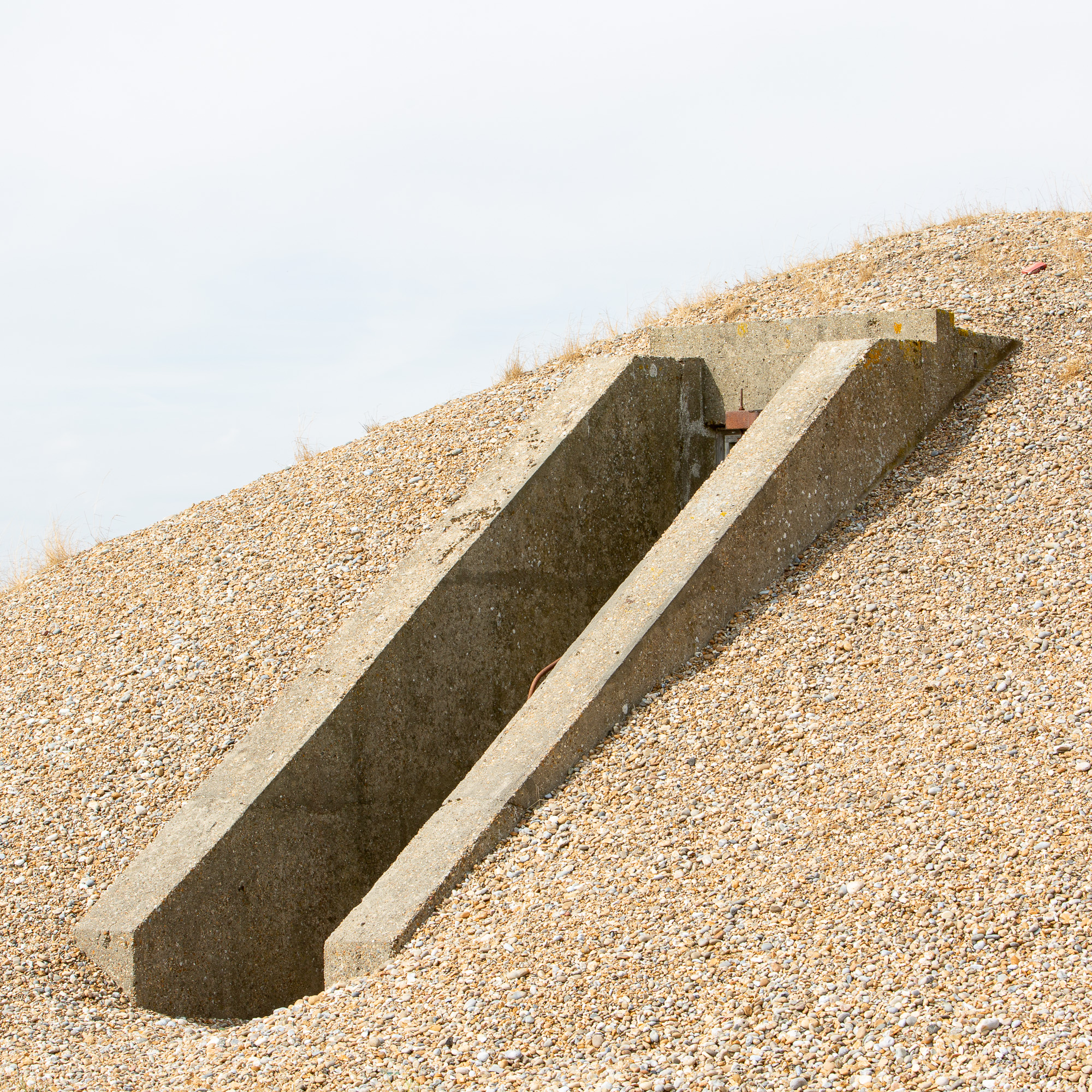

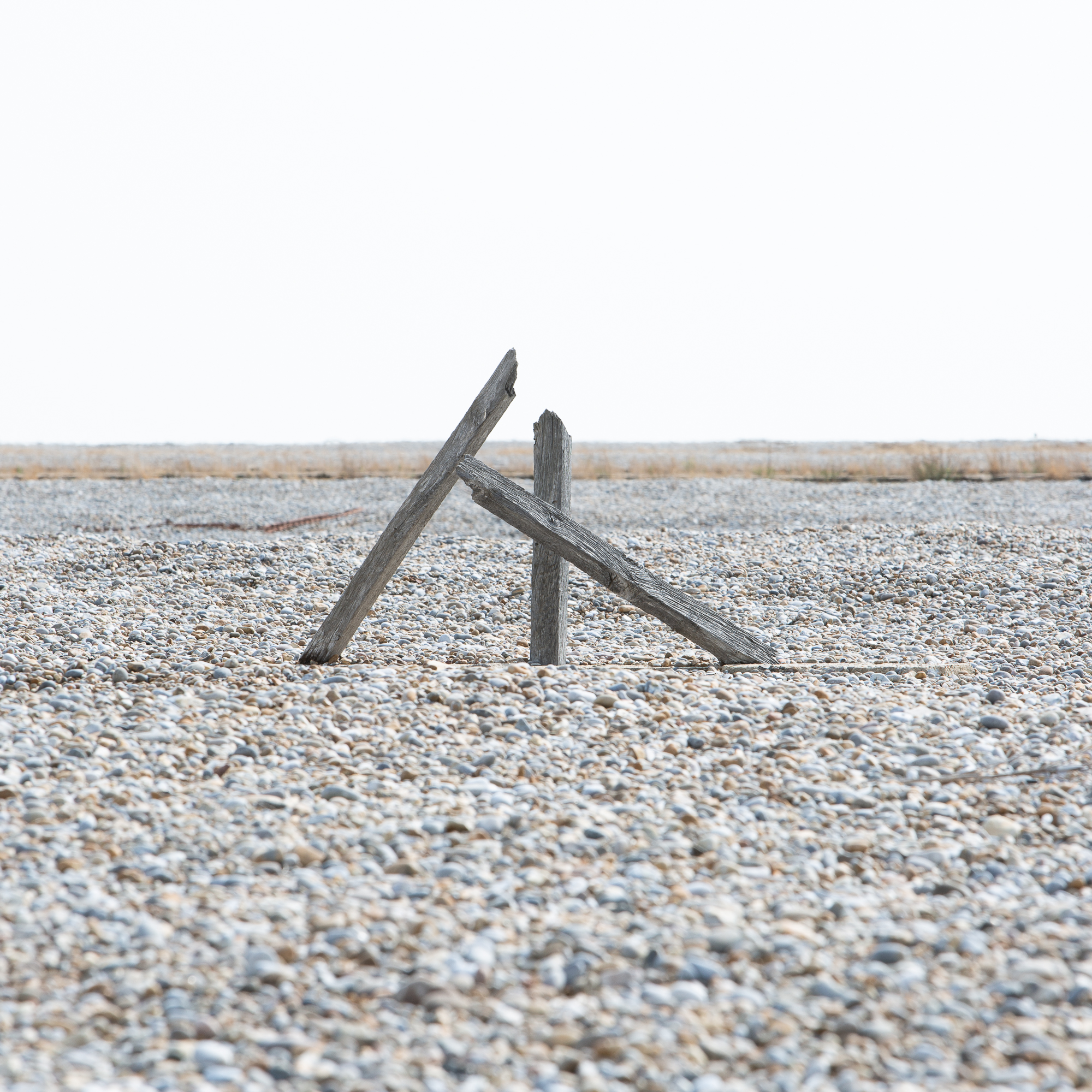

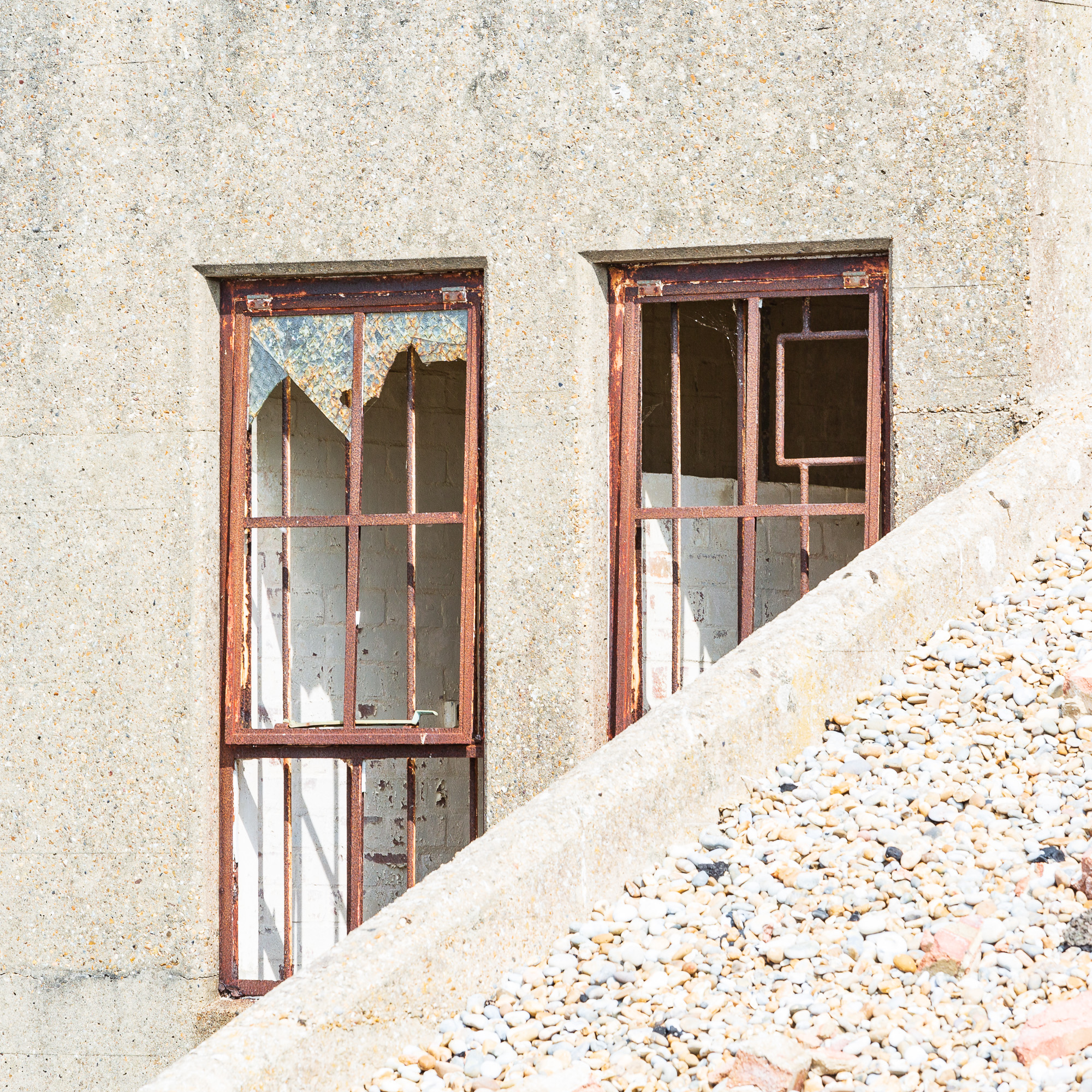

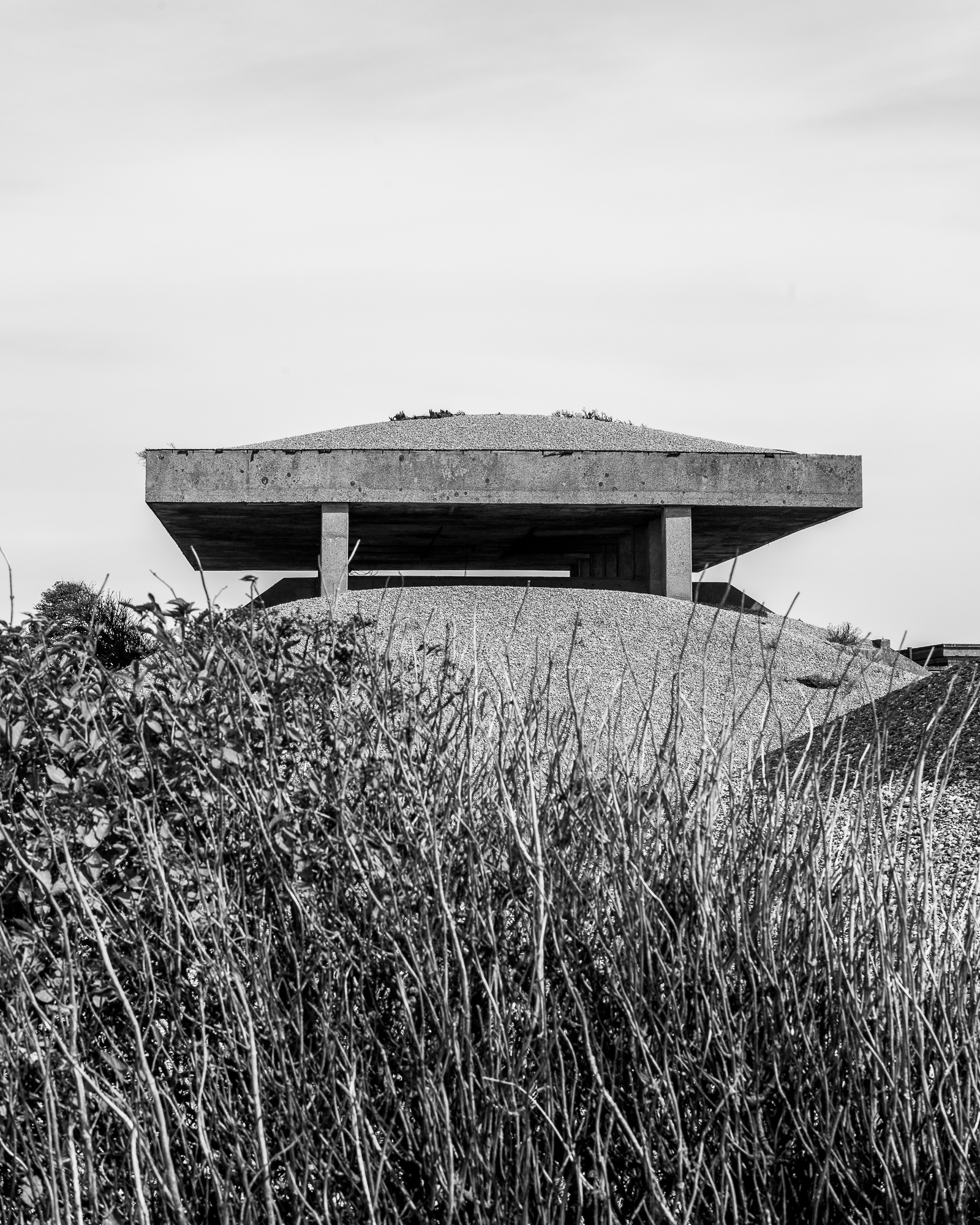

Pagodas
As structures go, they are very interesting. And very dominant on the horizon both from Orford and as you get onto the Ness. Covered in shingle the stones that aren’t obvious until you get close. But they make a great subject to photograph.
They have elegance in the form of their East Asian namesake. With the charm of its concrete brutalist influences. A scientifically planned building to test bombs, missiles and the like. The roofs were designed to take a blast from a bomb being tested. And to stop the whole of it exploding outwards, but to almost implode and cover the blast. As a pair, they are the only two identical buildings on the site.
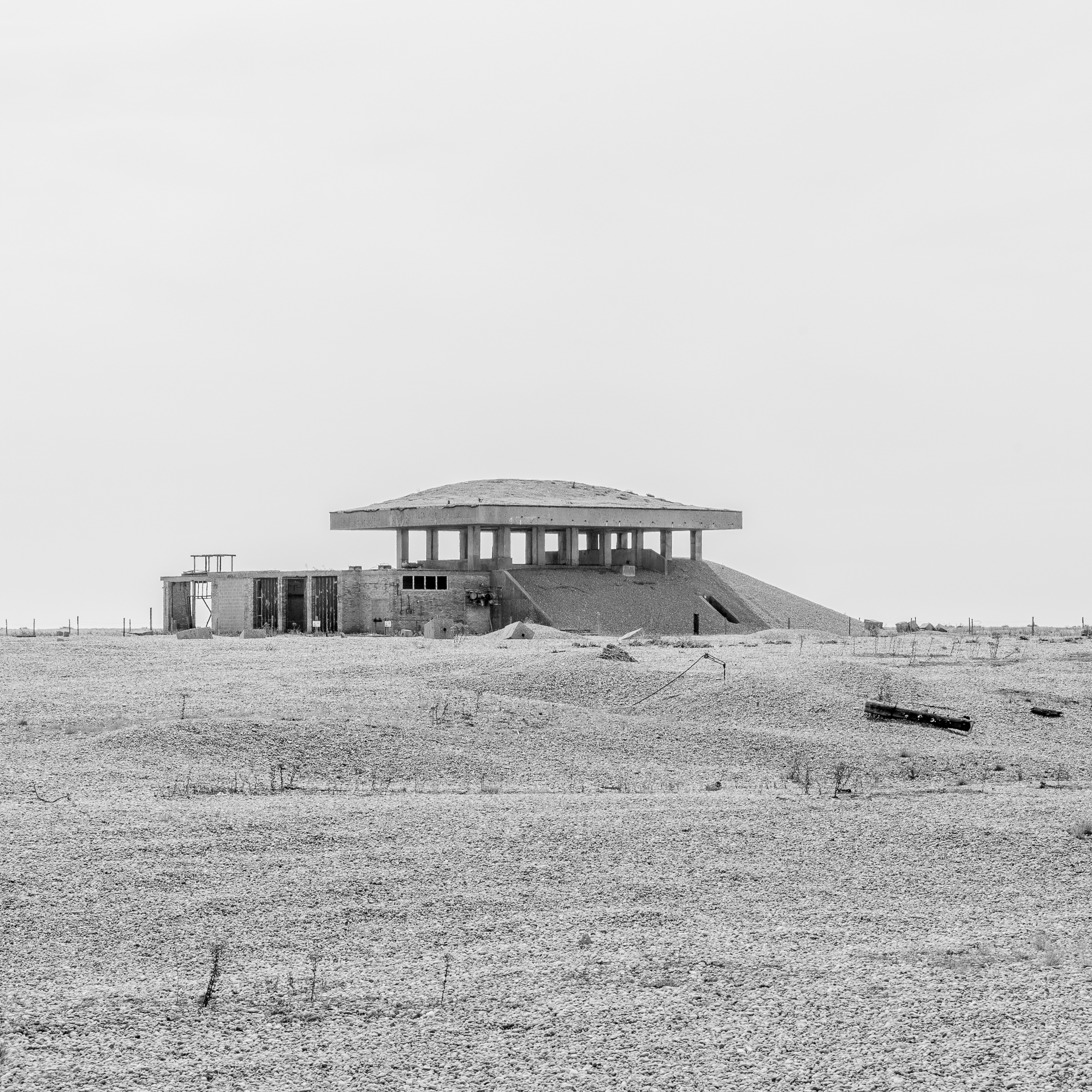

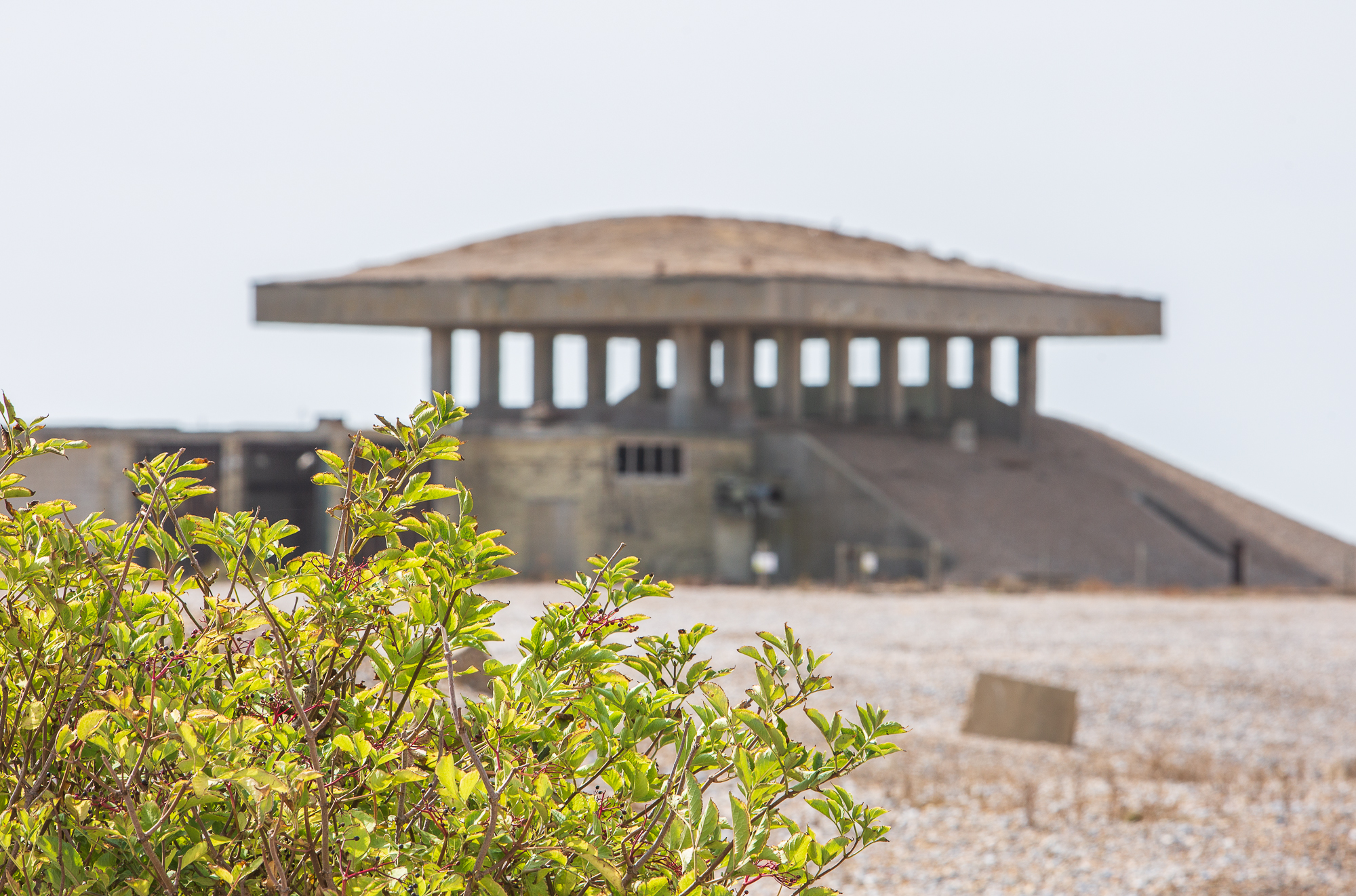

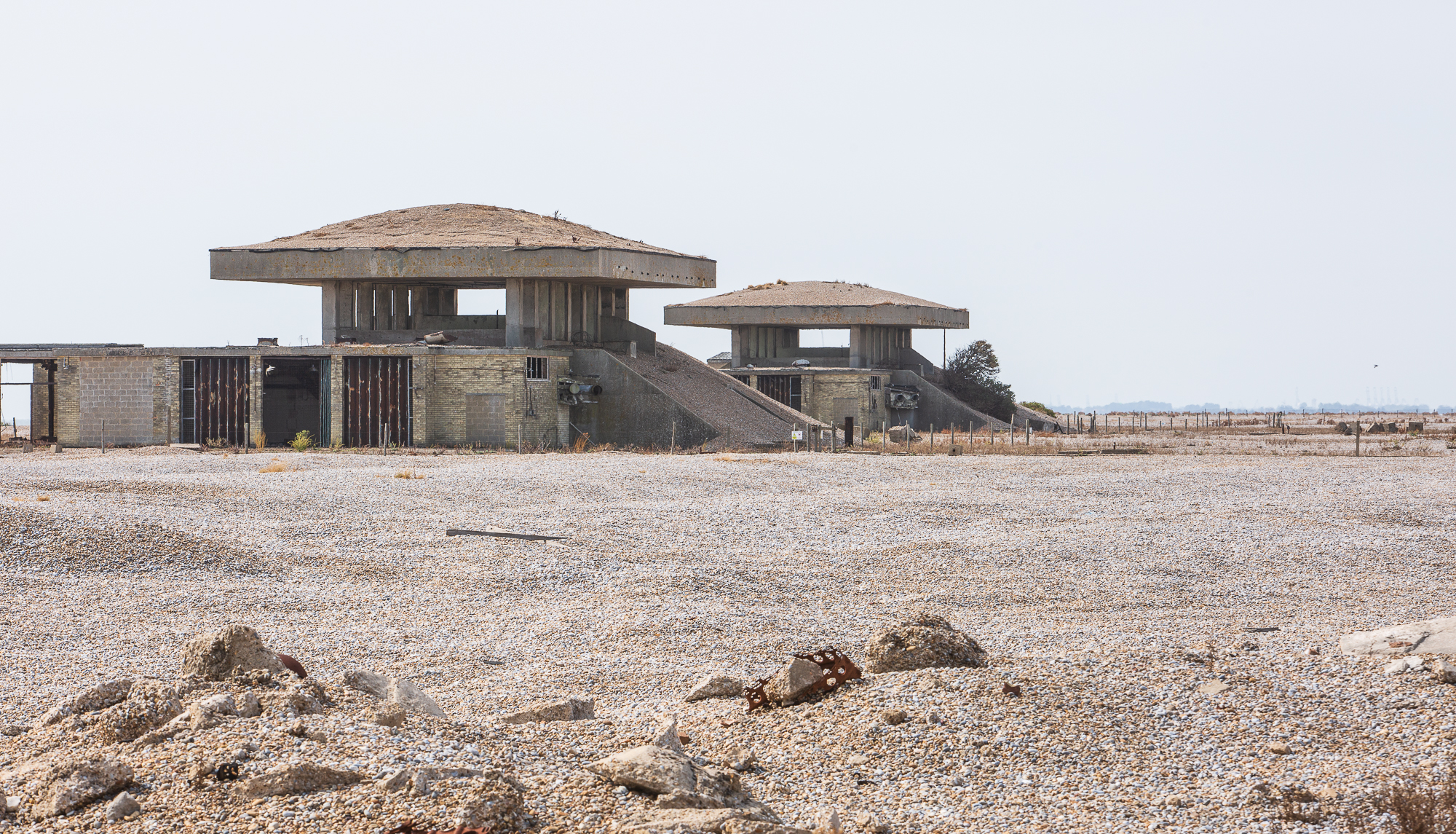

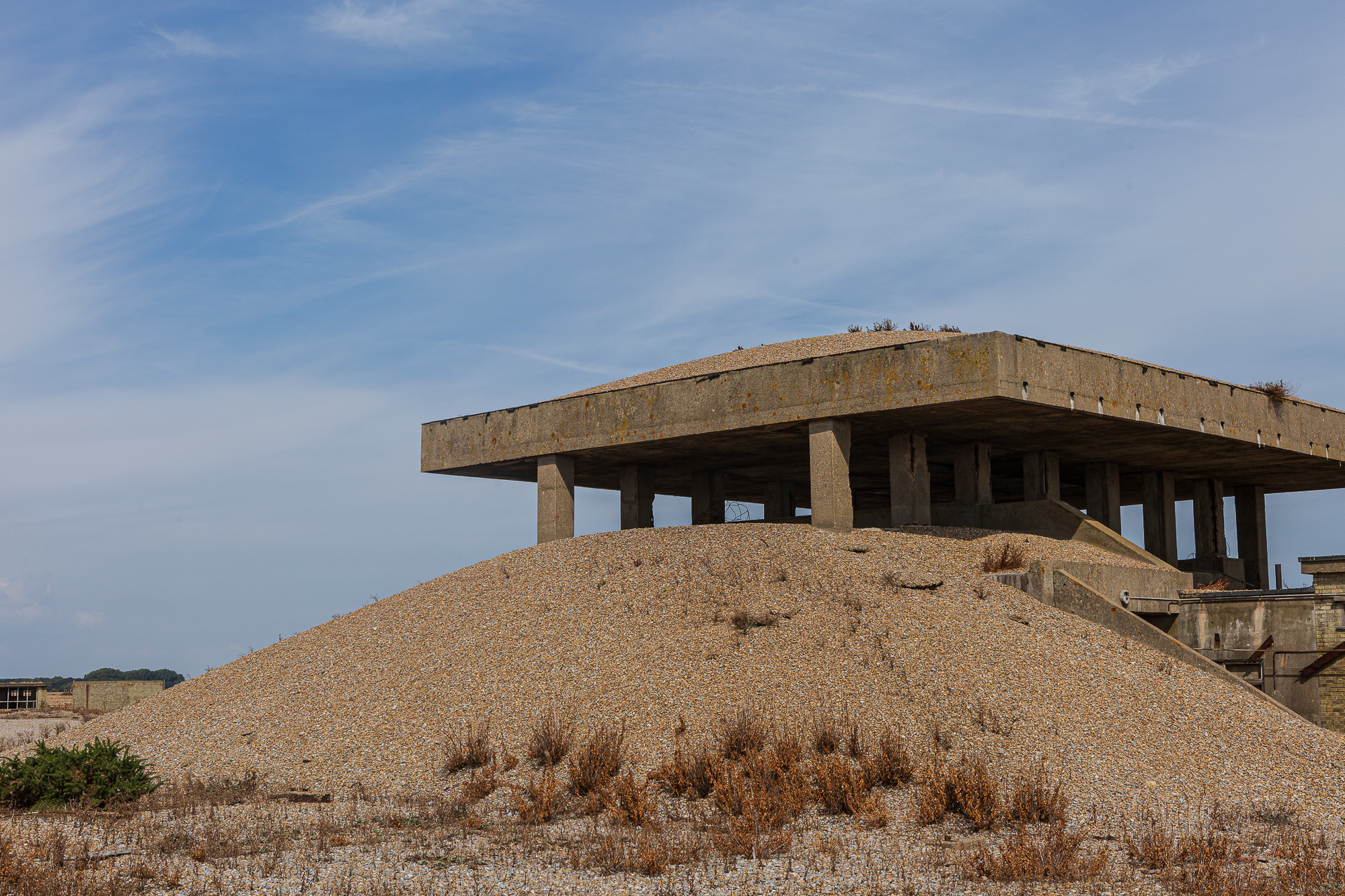

I hope you enjoyed finding out a bit more about my trip over to Orford Ness. I will certainly be going back again, I hope to go back when the conditions are possibly more stormy. Do let me know what you think.
All images are prohibited for use without the consent of the National Trust and myself.
No Comments
Sorry, the comment form is closed at this time.



